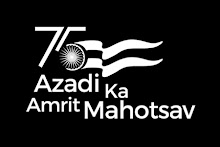Satellites have been helping motorists navigate their way to destinations for decades now, but on Thursday, for the first time in Asia-Pacific, the very same constellation of satellites that offers GPS teamed up with three ISRO satellites to provide navigation guidance to pilots who landed their aircraft safely on to the Ajmer airport runway in a successful trial flight.
The Airports Authority of India said the successful trial was a major “air navigation services” milestone in India’s civil aviation history. Currently, air navigation services are provided by ground-based systems.
IndiGo airline carried out the test flight with its ATR aircraft that departed from Delhi for Ajmer’s Kishangarh airport, piloted by Captain Sandip Sud and Capt Satish Veera.
The satellite-based navigation system, evocatively called GAGAN (GPS Aided GEO Augmented Navigation) offers almost the same accuracy as a ground-based landing system. The one difference though was that the said ground-based system called CAT-I ILS has a “decision height” of 200 feet. It’s the height at which pilots should discontinue the descent to land if they have not yet spotted the runway. But the decision height for the trial flight was set higher, at 250 feet.
The Indigo pilots used the ‘Localiser Performance with Vertical Guidance’ approach— essentially carrying out a descent and landing with vertical and lateral navigational guidance from GAGAN satellites, that is.
IndiGo said: “The tests at Kishangarh Airport were performed as part of initial GAGAN LPV flight trials. After the final approval by DGCA, the procedure will be available for usage of commercial flights”.




No comments:
Post a Comment